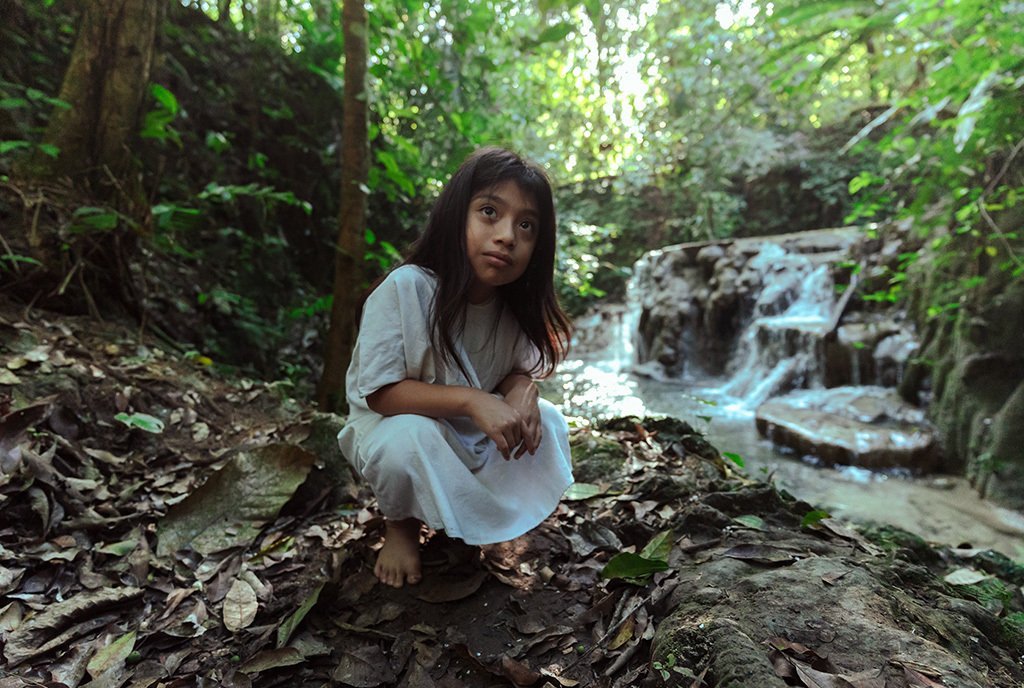What the Lost Children Knew: A Story from Colombia’s Amazon Rainforest
by Joe Waters and Caroline Cassidy
Nonprofit Quarterly
October 23, 2023
Image credit: Photo by Los Muertos Crew on pexels.com
On May 1, 2023, a Cessna plane took off from the tiny Amazonian town of Araracuara in Colombia, carrying seven passengers: the pilot, four children, their mother, and another adult. The plane’s destination was San José del Guaviare, a stopover before proceeding on to Bogota to join the children’s father. But it never arrived. The plane crashed due to engine failure.
All seven passengers on board were members of the Huitoto Indigenous community in the Putumayo region. The three adults perished in the crash; their bodies were found near the plane. But the four children—Lesly (13), Soleiny (9), Tien Noriel (4), and Cristin (1)—survived.
The story of their survival and eventual rescue offers some important lessons about what early childhood development requires—and how international policy often undercuts rather than supports wellbeing.
The Search for the Four Missing Children
For over a month, a group of 100 special forces personnel scoured a search area of 1,650 miles alongside 70 members of a civilian patrol known as the Indigenous Guard. These volunteers—numbering nationwide in the tens of thousands—represent a form of civil resistance and autonomy, seeking to protect the ancestral way of life and Indigenous territory from violence and environmental destruction.
The search for the children lost in the forest—an ancient theme of fairy tales—gripped the popular imagination in Colombia and beyond. According to reports, Guard members happened at one point to come across a tortoise. A group member picked it up and appealed to the animal to “give” them the children as a condition of its release.
A few minutes later, they heard a child’s cry in the distance and quickly discovered Lesly, holding the hand of her sister Soleiny with the baby Cristin in her arms. Their brother Tien Noriel was lying quietly nearby on a bed of leaves. The rescuers blew tobacco as an offering to the jungle, released the tortoise, and sprinkled the children with holy water before carrying them on their backs to the nearest military camp.
The children’s rescue on June 9, after an unimaginable 40 days alone in the jungle, caused an outburst of national jubilation led by Colombian President Gustavo Petro, who described the rescue as un milagro (a miracle). Already, there is talk of a film. Yet like so many narratives in our world, the story may end up being stripped of nuance and, above all, excluding the insight of the very Indigenous communities that are the central protagonists. Survival was less a miracle than a product of the self-reliance that the Indigenous children had developed due to their upbringing.

